Optimal Timing for Wood Handrail Repairs
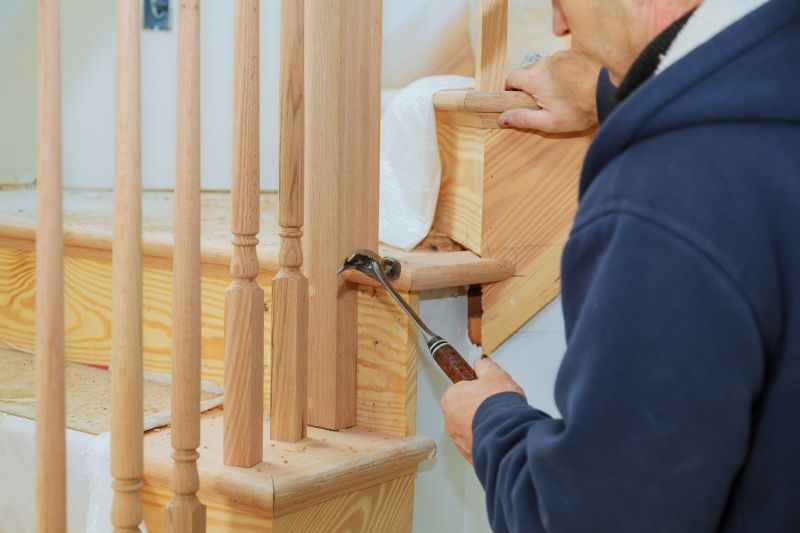
Spring offers optimal conditions for repairs due to mild weather and lower humidity levels.
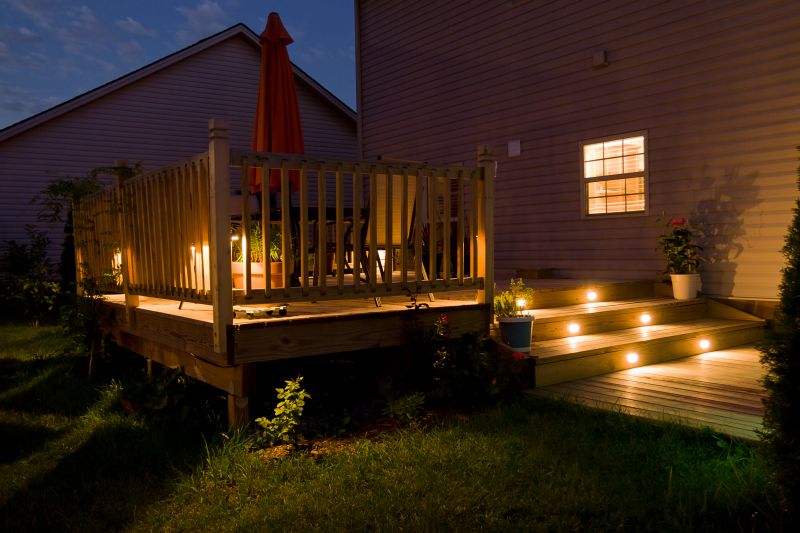
Summer provides longer daylight hours, but high temperatures and humidity can affect wood treatments.

Fall and winter may pose challenges with colder temperatures and increased moisture, impacting repair quality.
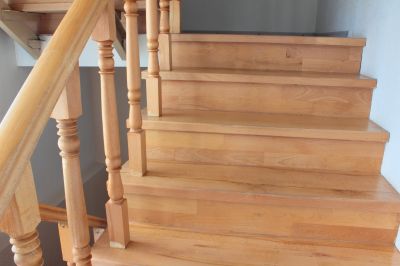
Ways to make Wood Handrail Repairs work in tight or awkward layouts.
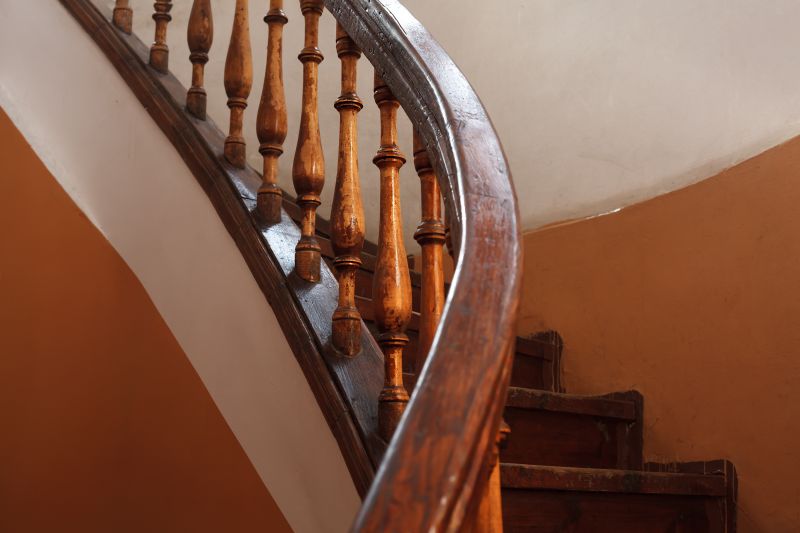
Popular materials for Wood Handrail Repairs and why they hold up over time.
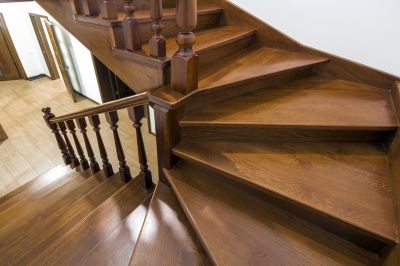
Simple add-ons that improve Wood Handrail Repairs without blowing the budget.
Wood handrail repairs are essential for maintaining safety and aesthetic appeal in indoor and outdoor environments. The timing of repairs can influence the durability and effectiveness of the work. Typically, the best time to undertake repairs aligns with periods of stable weather, low humidity, and moderate temperatures, which help ensure proper adhesion of finishes and prevent wood warping.
Temperature and humidity levels significantly impact the adhesion of finishes and the stability of wood during repairs.
Scheduling repairs in spring or early fall can reduce the risk of weather-related delays and material issues.
Using appropriate materials during optimal weather conditions enhances the longevity of repairs.
Wood expands and contracts with moisture levels, making timing critical for successful repairs.
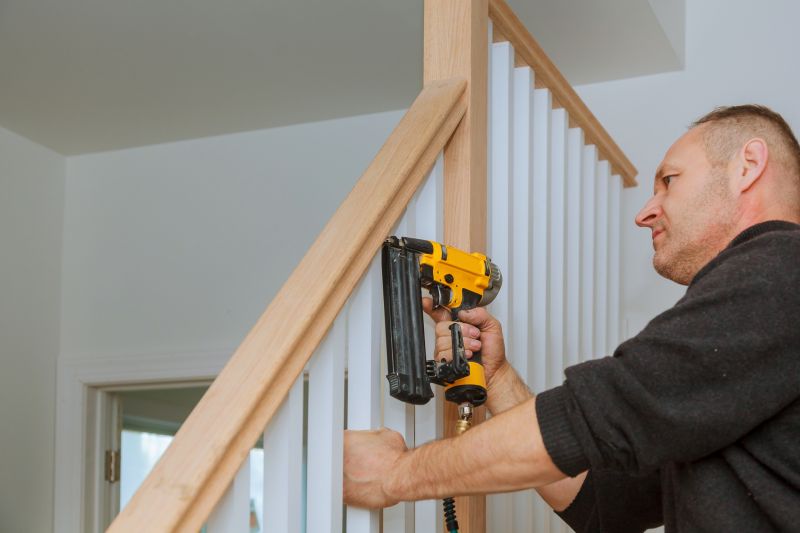
Proper preparation and timing are key to successful repairs.
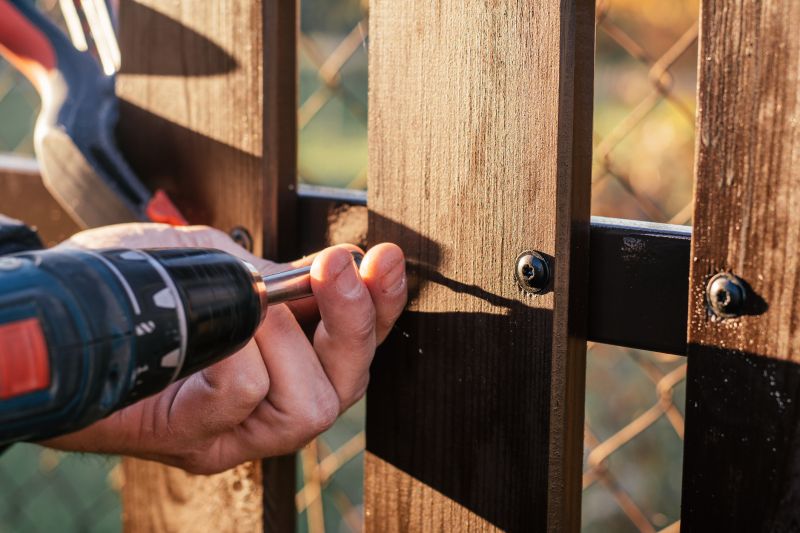
Selecting the right tools depends on the season and environmental conditions.

A well-timed repair results in a durable and aesthetically pleasing handrail.
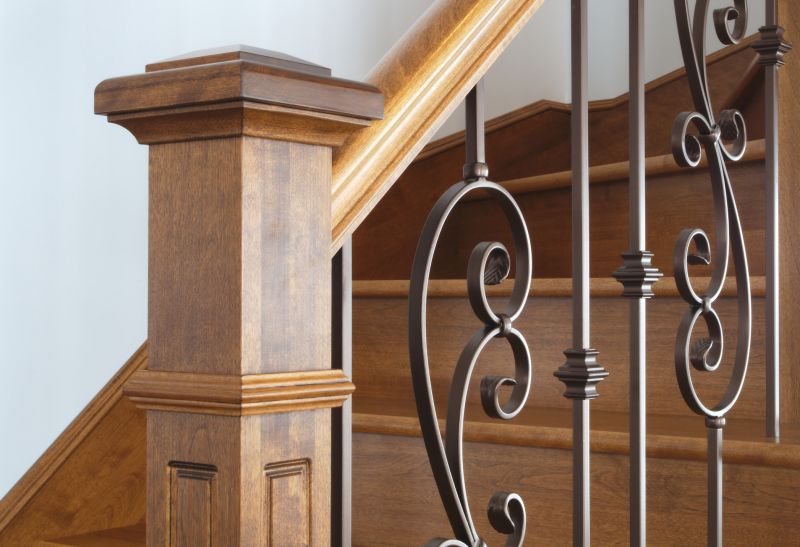
Regular inspections and repairs during optimal seasons prevent major issues.
| Season | Recommended Repair Timing |
|---|---|
| Spring | Ideal for repairs due to moderate weather and lower humidity. |
| Summer | Possible, but watch for high temperatures and humidity. |
| Fall | Suitable for repairs; prepare before winter. |
| Winter | Less ideal due to cold and moisture, but possible with indoor repairs. |
| Late Fall/Early Spring | Transition periods that can be suitable with proper precautions. |
Understanding the optimal timing for wood handrail repairs can help ensure the work is effective and long-lasting. Proper planning around seasonal weather patterns minimizes risks such as wood warping, finish peeling, or moisture intrusion. Regular inspections can identify issues early, allowing repairs to be scheduled during the most suitable periods.
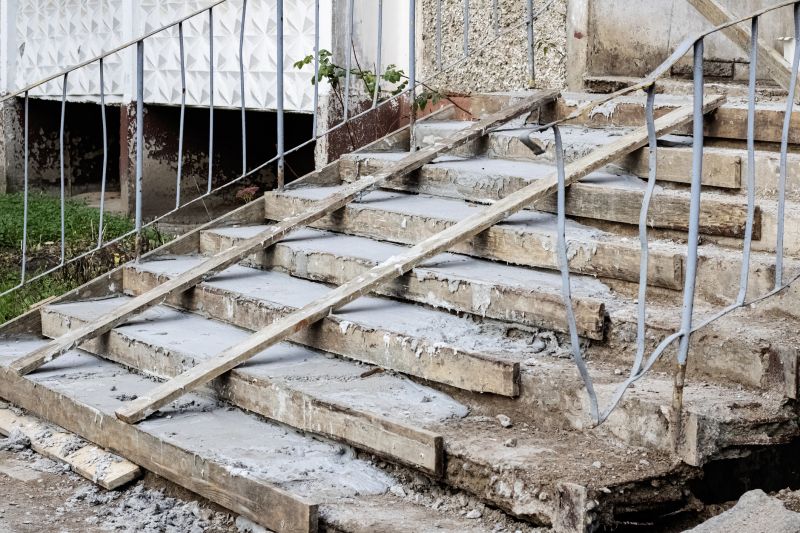
Early detection of damage helps plan repairs during optimal conditions.
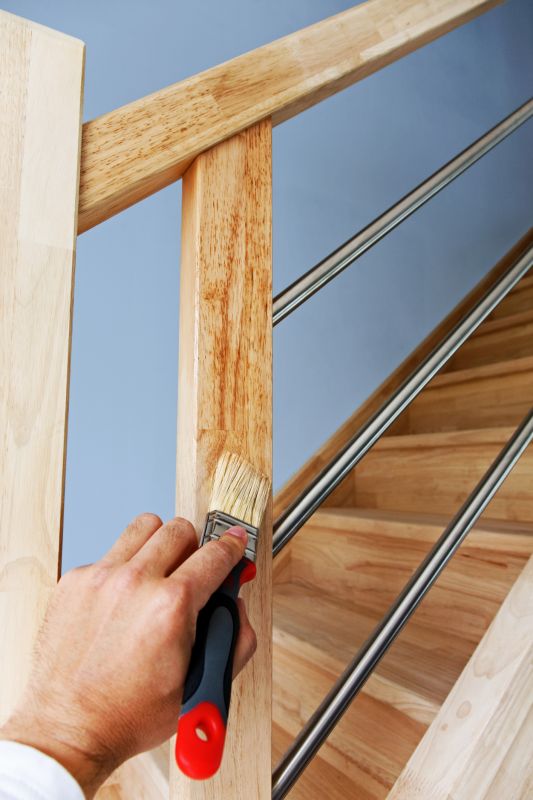
Proper surface preparation is crucial for lasting results.
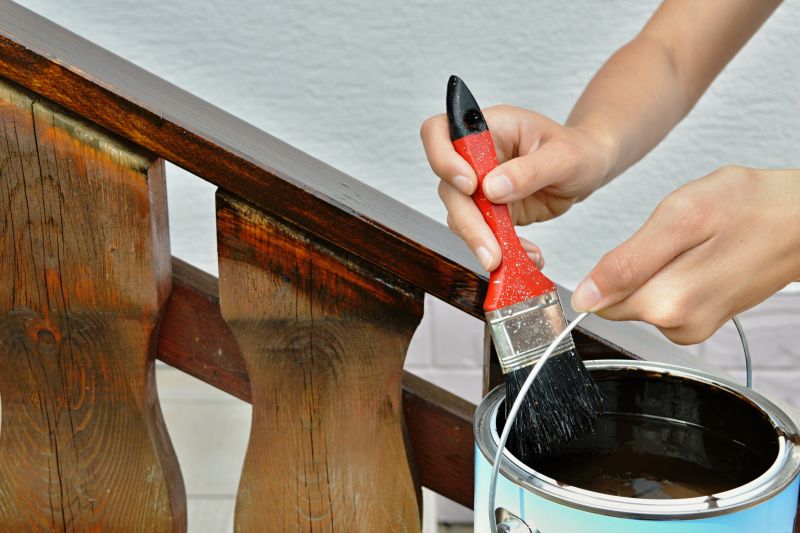
Timing affects the adhesion and durability of finishes.
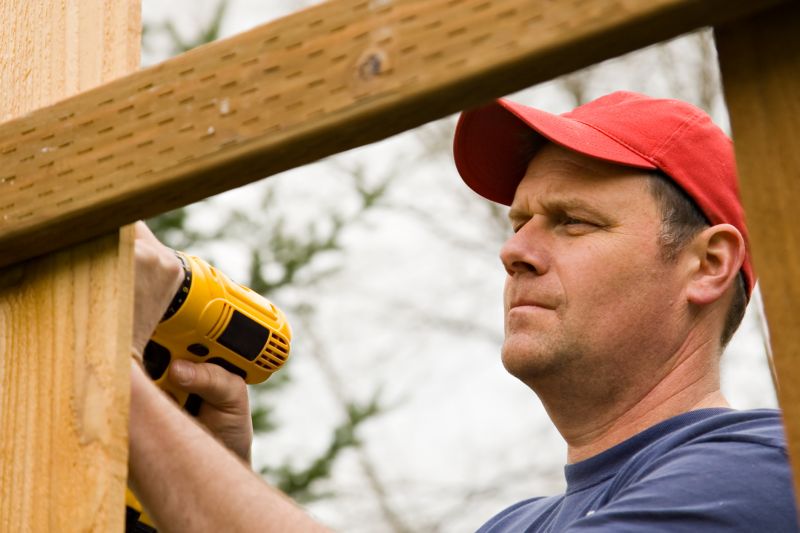
Ensures repairs are complete and ready for use.
Timely repairs contribute significantly to the safety and longevity of wood handrails. Scheduling repairs during seasons with predictable weather patterns reduces the risk of issues caused by moisture fluctuations or temperature extremes. Properly timed maintenance can also improve the appearance and functionality of handrails over time.
Interested in professional wood handrail repairs? Filling out the contact form can provide more information and assistance tailored to specific needs.
